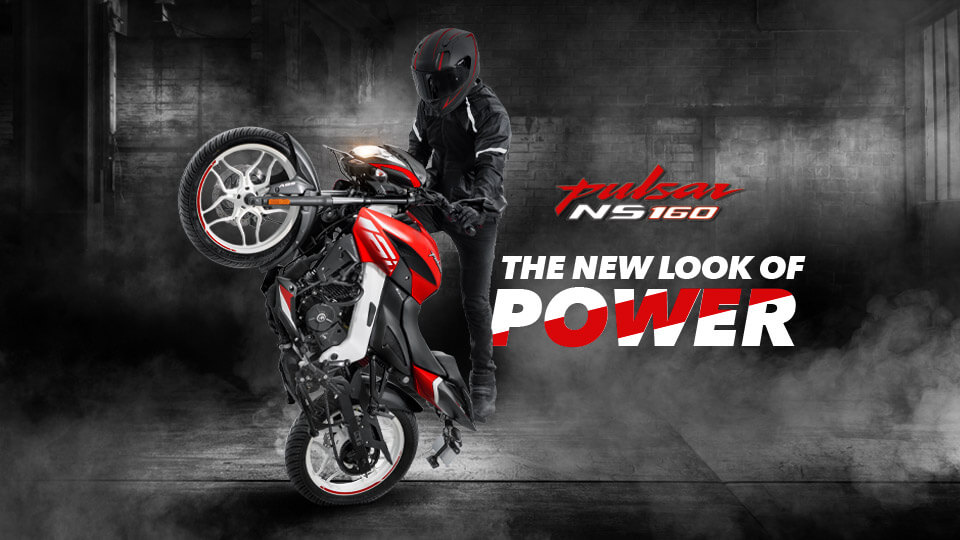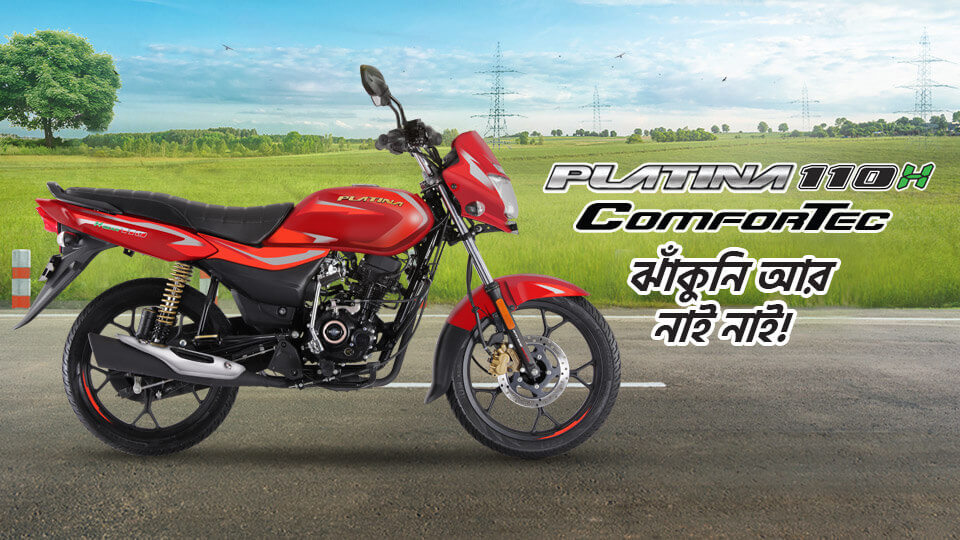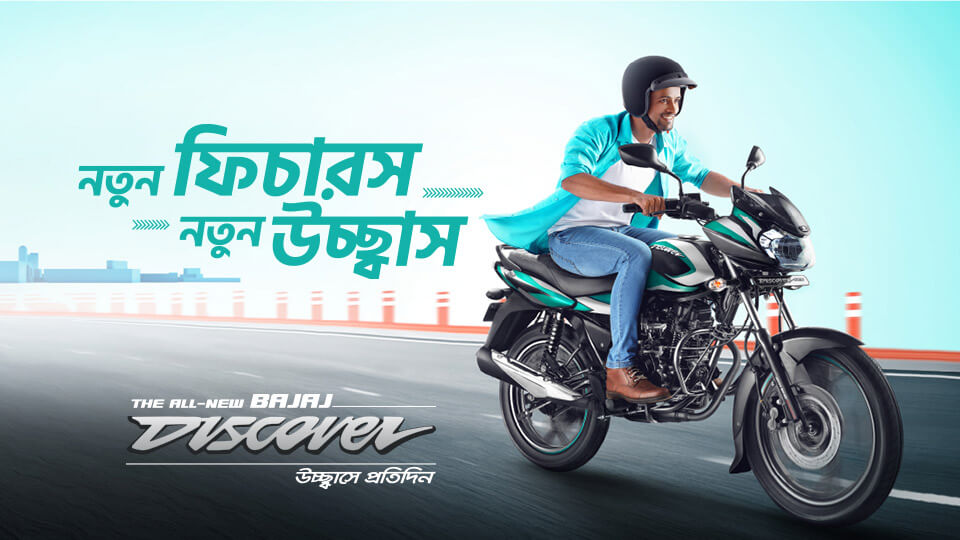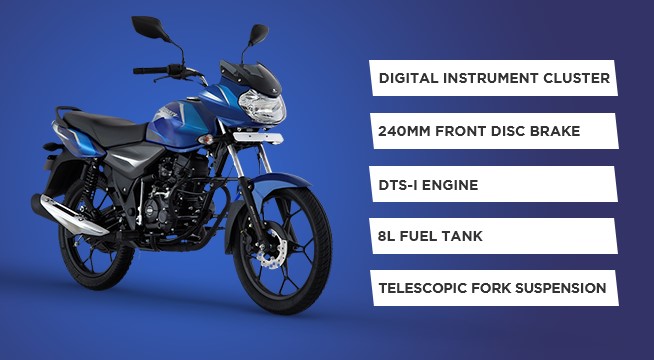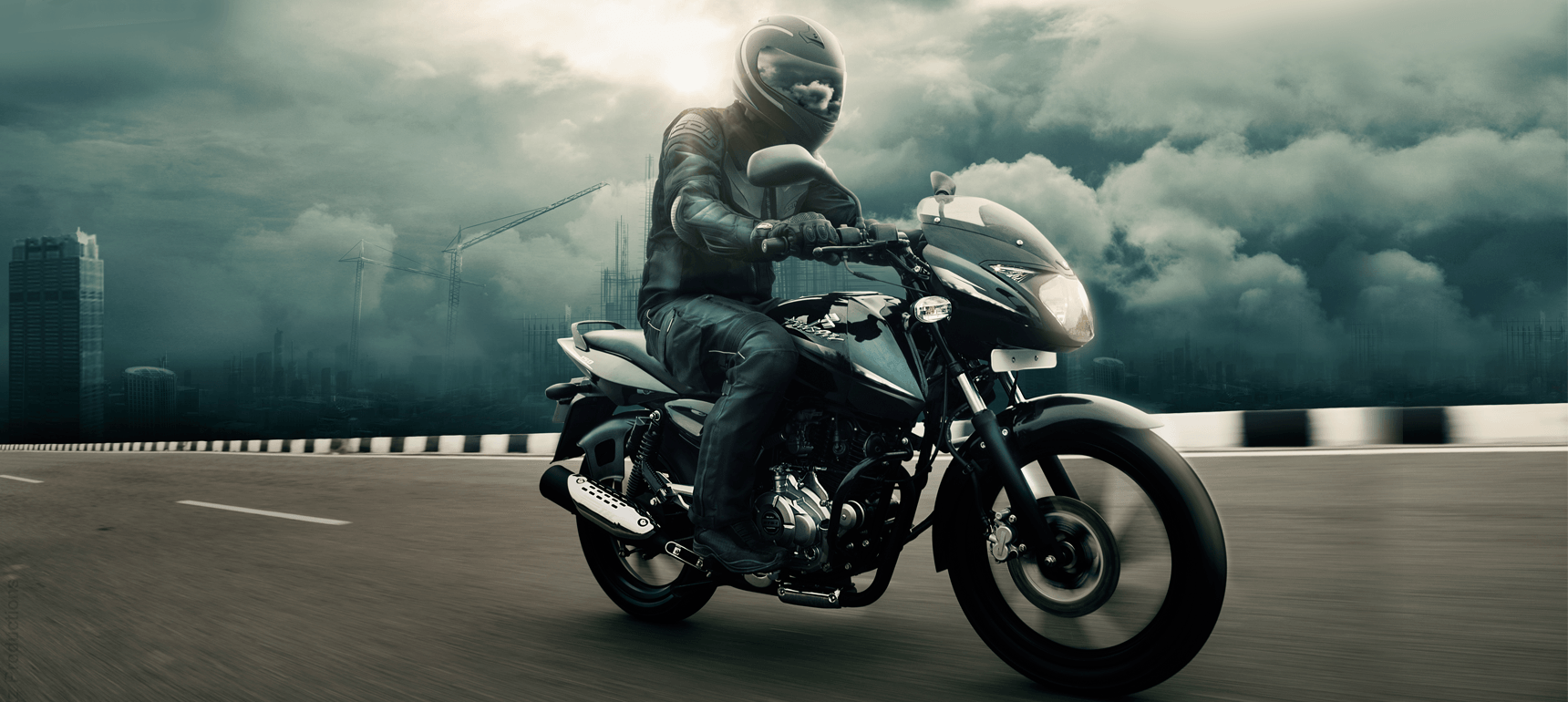-
en
 BGD
BGD
Choose Your Country
-
 Afghanistan
Afghanistan
-
 Angola
Angola
-
 Argentina
Argentina
-
 Bangladesh
Bangladesh
-
 Belorussia-(Belarus)
Belorussia-(Belarus)
-
 Benin
Benin
-
 Bolivia
Bolivia
-
 Brazil
Brazil
-
 Burkina-Faso
Burkina-Faso
-
 Cambodia
Cambodia
-
 Cameroon
Cameroon
-
 Chile
Chile
-
 Colombia
Colombia
-
 Costa-Rica
Costa-Rica
-
 Global
Global
-
 Dominican-Republic
Dominican-Republic
-
 Ecuador
Ecuador
-
 Egypt
Egypt
-
 El-Salvador
El-Salvador
-
 Ethiopia
XWHAT ARE YOU LOOKING FOR?MOTORCYCLE PRODUCTS
Ethiopia
XWHAT ARE YOU LOOKING FOR?MOTORCYCLE PRODUCTS INTRACITY PRODUCTS
INTRACITY PRODUCTS
-
 Ghana
Ghana
-
 Greece
Greece
-
 Guatemala
Guatemala
-
 Guinea
Guinea
-
 Haiti
Haiti
-
 Honduras
Honduras
-
 India
India
-
 Iraq
Iraq
-
 Kazakhstan
Kazakhstan
-
 Kenya
Kenya
-
 Kuwait
Kuwait
-
 Lebanon
Lebanon
-
 Liberia
Liberia
-
 Madagascar
Madagascar
-
 Malaysia
Malaysia
-
 Mali
Mali
-
 Mauritius
Mauritius
-
 Mexico
Mexico
-
 Myanmar
Myanmar
-
 Nepal
Nepal
-
 Nicaragua
Nicaragua
-
 Nigeria
XWHAT ARE YOU LOOKING FOR?MOTORCYCLE PRODUCTS
Nigeria
XWHAT ARE YOU LOOKING FOR?MOTORCYCLE PRODUCTS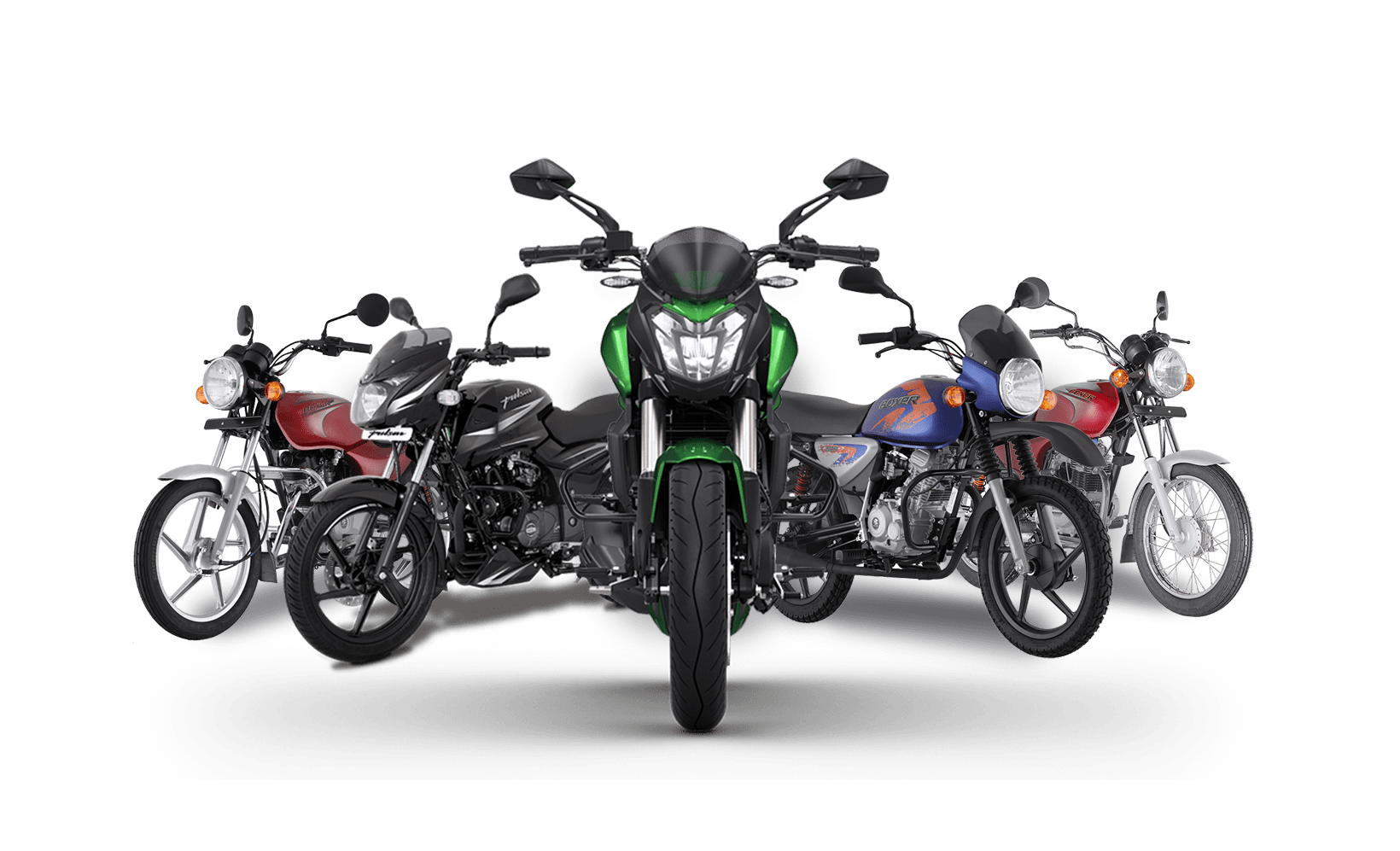 INTRACITY PRODUCTS
INTRACITY PRODUCTS
-
 Peru
Peru
-
 Philippines
XWHAT ARE YOU LOOKING FOR?MOTORCYCLE PRODUCTS
Philippines
XWHAT ARE YOU LOOKING FOR?MOTORCYCLE PRODUCTS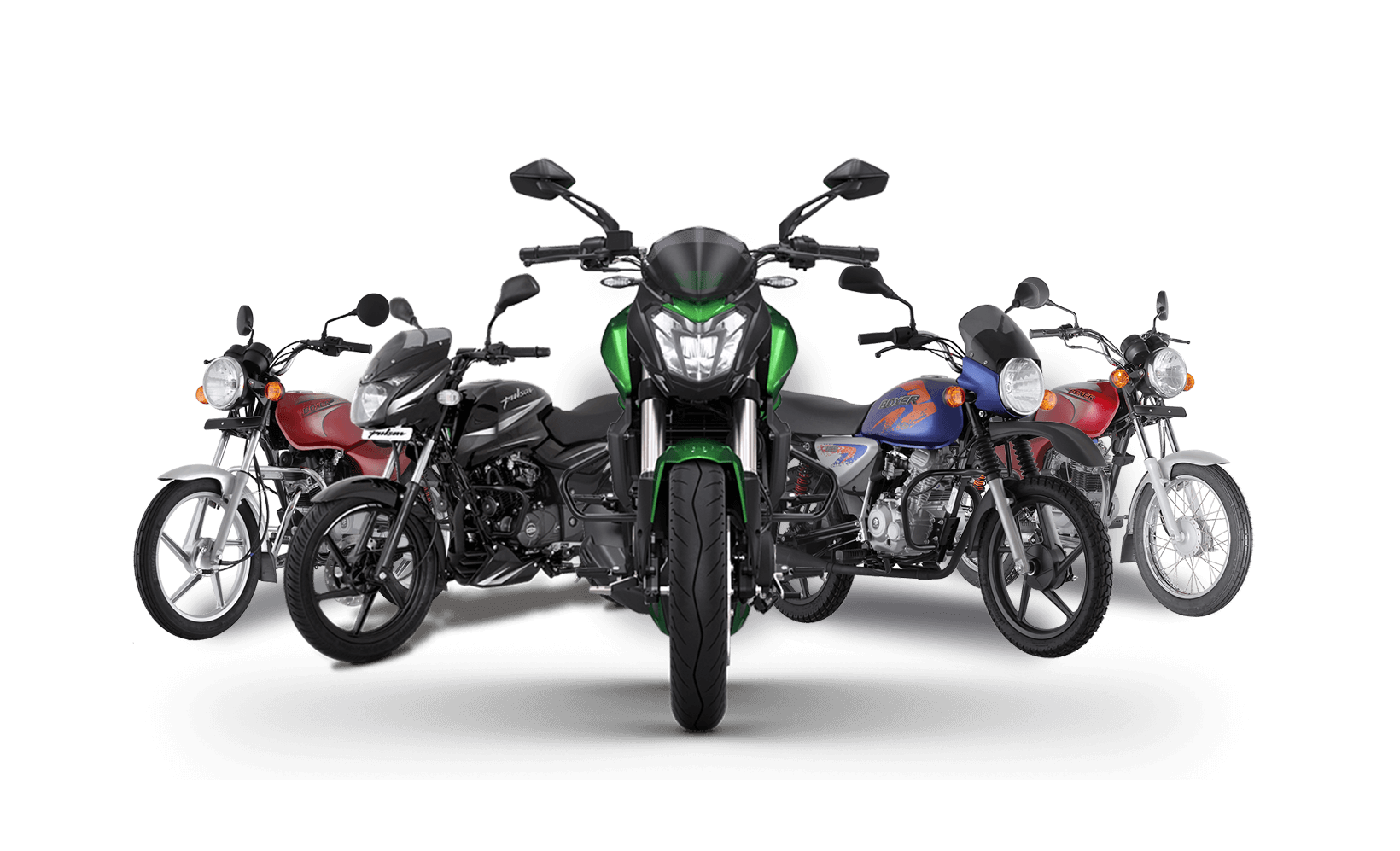 INTRACITY PRODUCTS
INTRACITY PRODUCTS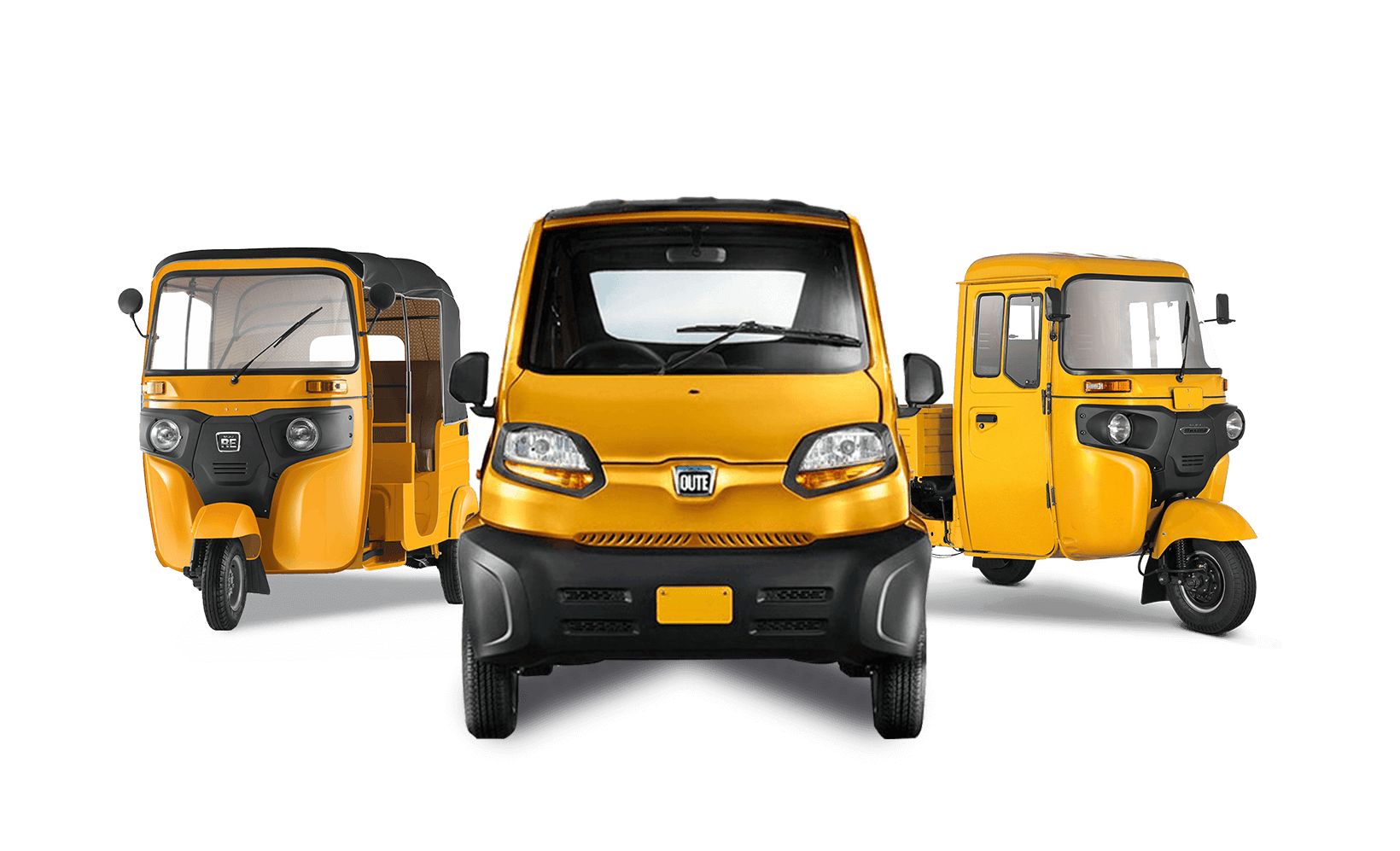
-
 Poland
Poland
-
 Qatar
Qatar
-
 Republic-of-the-Congo
Republic-of-the-Congo
-
 Russia
Russia
-
 Rwanda
Rwanda
-
 Saudi-Arabia
Saudi-Arabia
-
 Sierra-Leone
Sierra-Leone
-
 South-Africa
South-Africa
-
 Sri-lanka
Sri-lanka
-
 Sudan
XWHAT ARE YOU LOOKING FOR?MOTORCYCLE PRODUCTS
Sudan
XWHAT ARE YOU LOOKING FOR?MOTORCYCLE PRODUCTS INTRACITY PRODUCTS
INTRACITY PRODUCTS
-
 Tanzania
XWHAT ARE YOU LOOKING FOR?Motorcycles
Tanzania
XWHAT ARE YOU LOOKING FOR?Motorcycles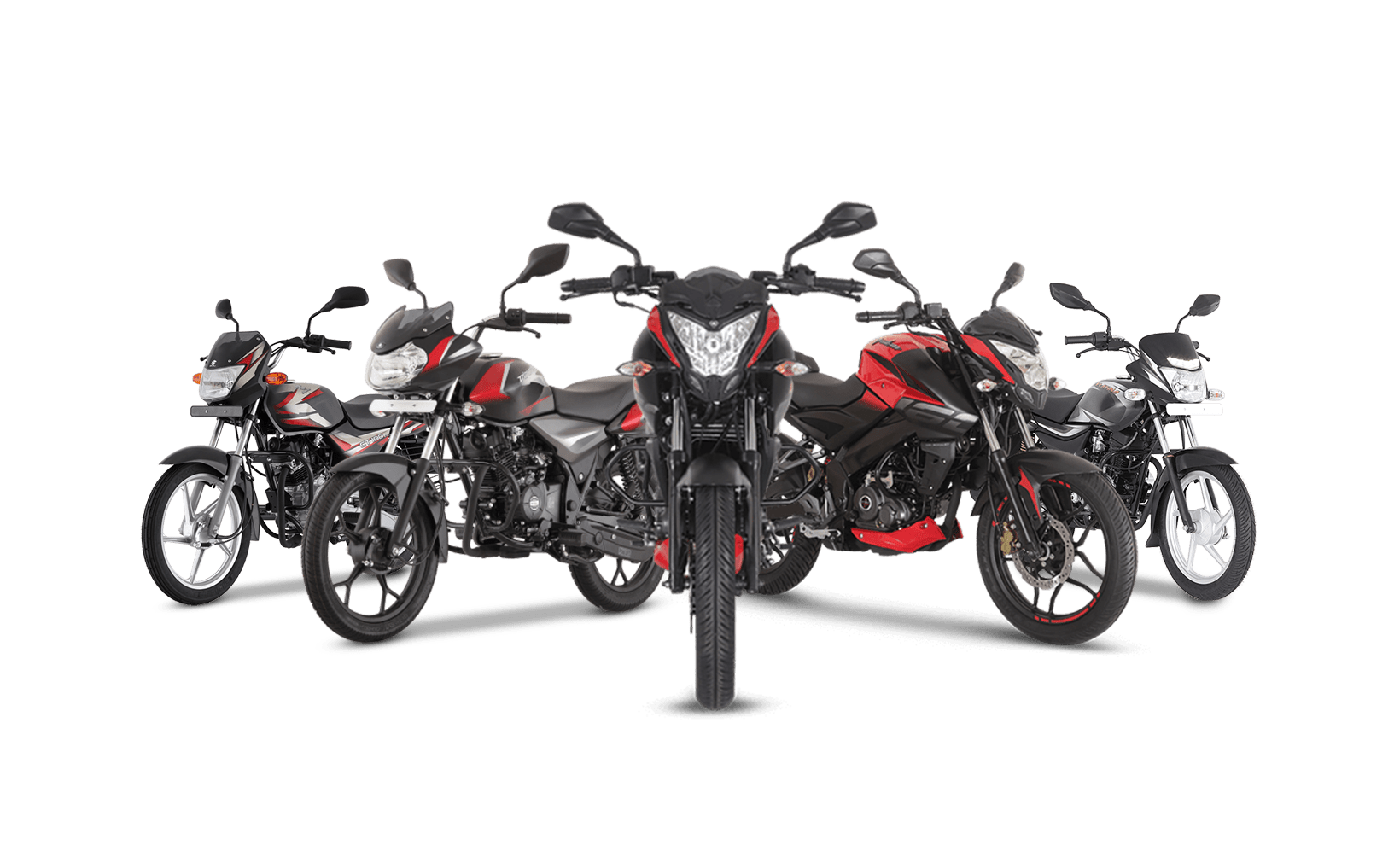 Motorcycles
Motorcycles
-
 Thailand
Thailand
-
 Togo
XWHAT ARE YOU LOOKING FOR?MOTORCYCLE PRODUCTS
Togo
XWHAT ARE YOU LOOKING FOR?MOTORCYCLE PRODUCTS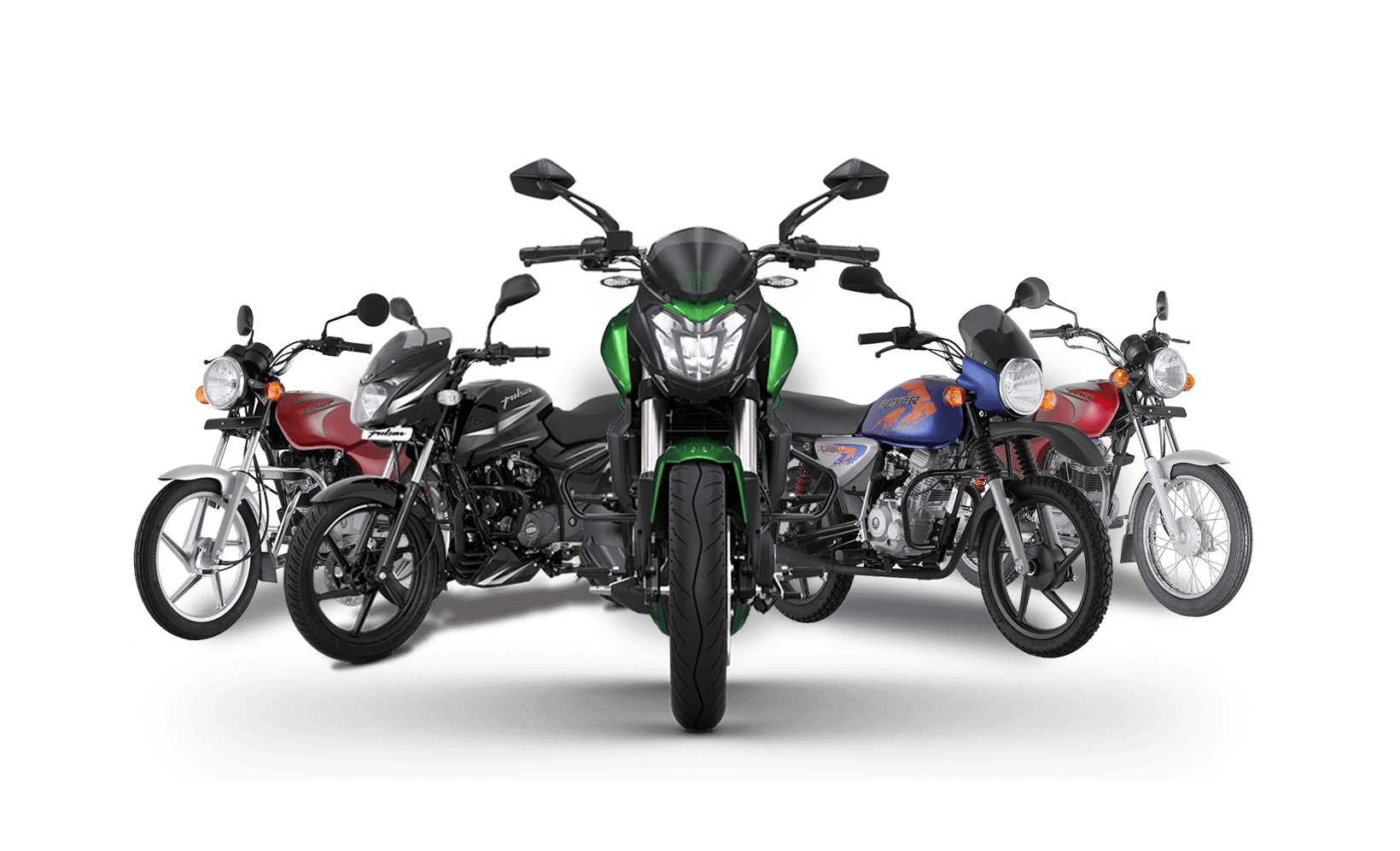 INTRACITY PRODUCTS
INTRACITY PRODUCTS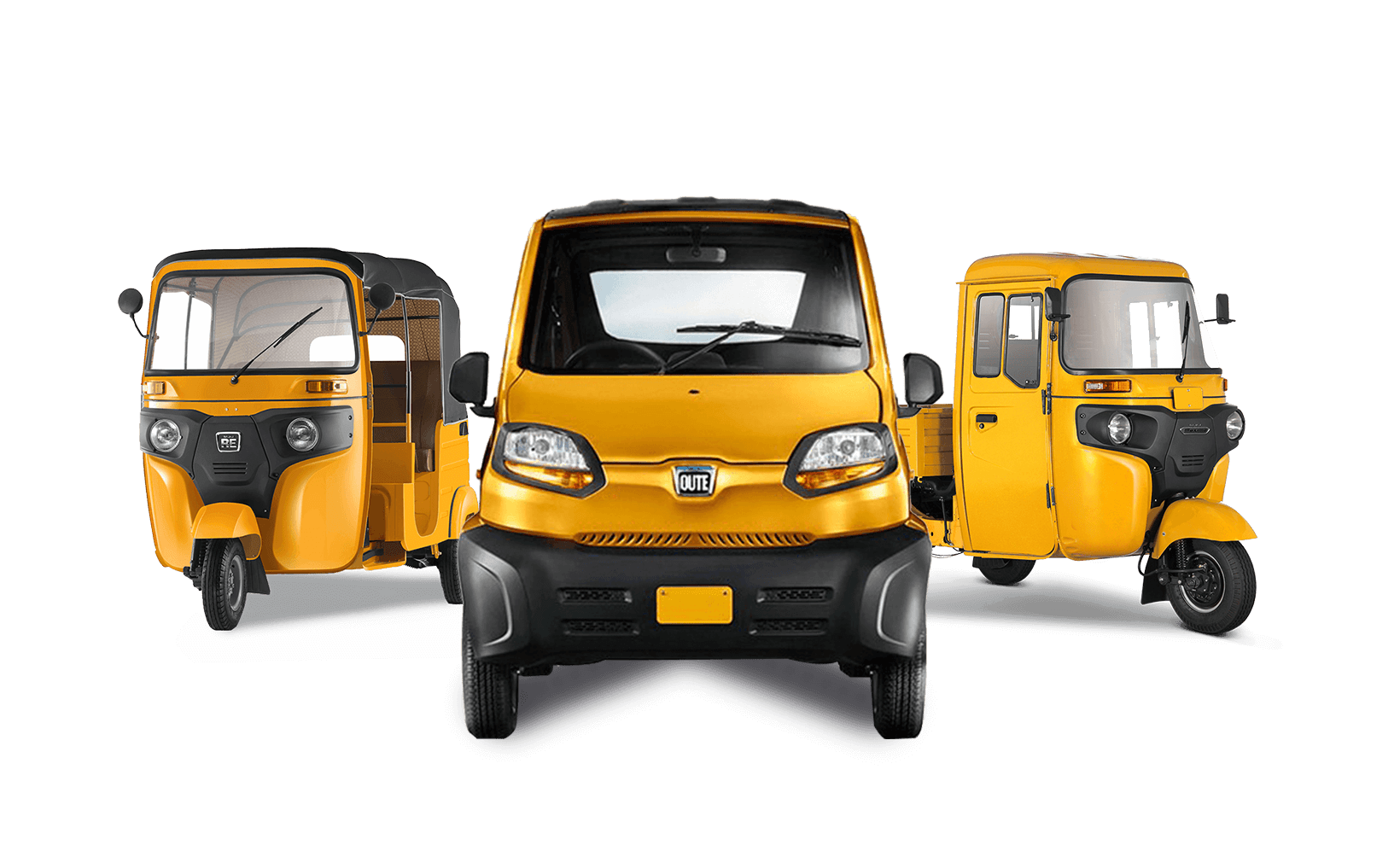
-
 Turkey
Turkey
-
 UAE
UAE
-
 Uganda
Uganda
-
 Ukraine
Ukraine
-
 Uruguay
Uruguay
-
 Yemen
Yemen
Visit The Global Webpage
-
-

-

-
-
-
PULSAR
 Back
Back
The ultimate sports bike created for the cityscape with the best in class power, handling & torque.
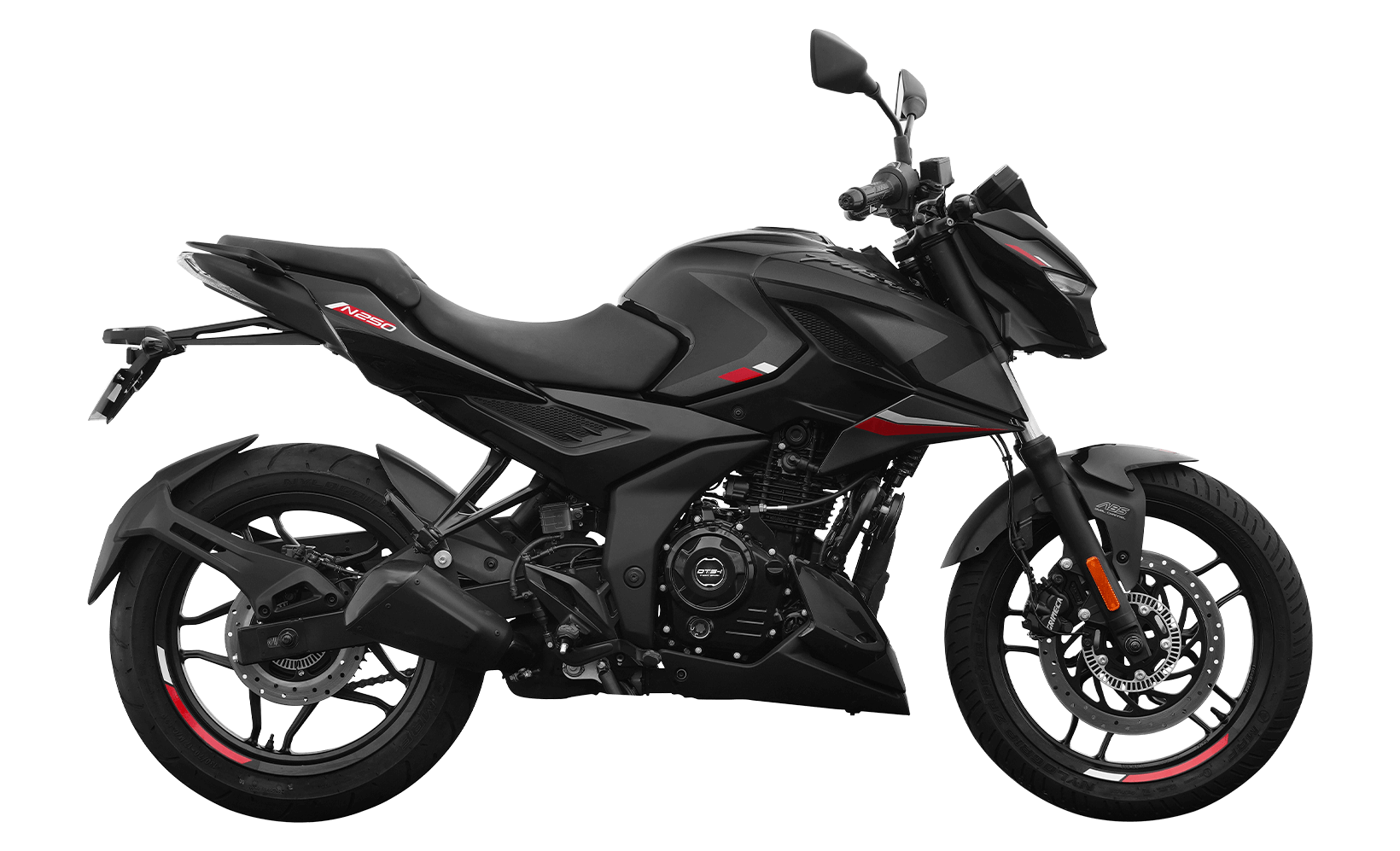

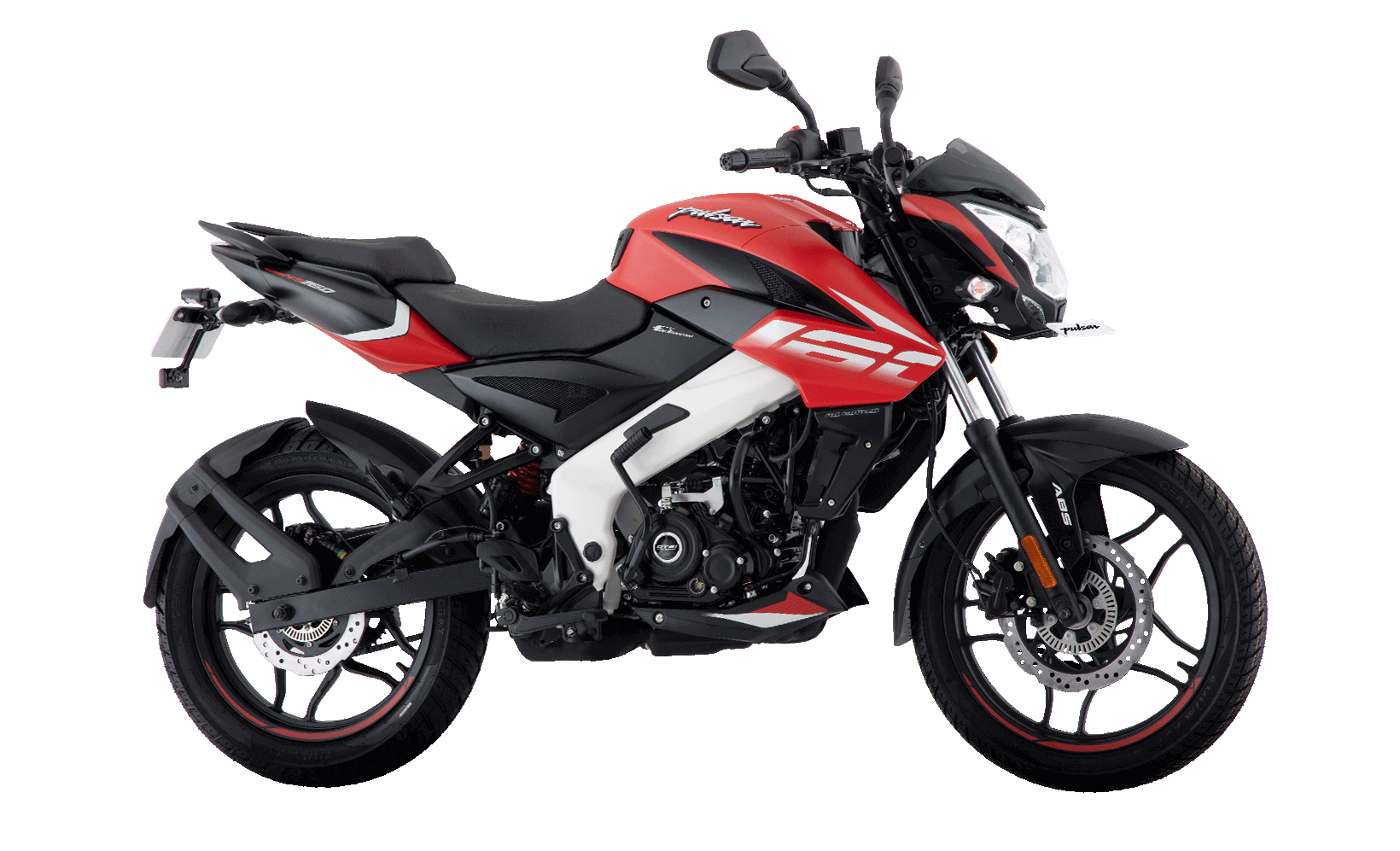

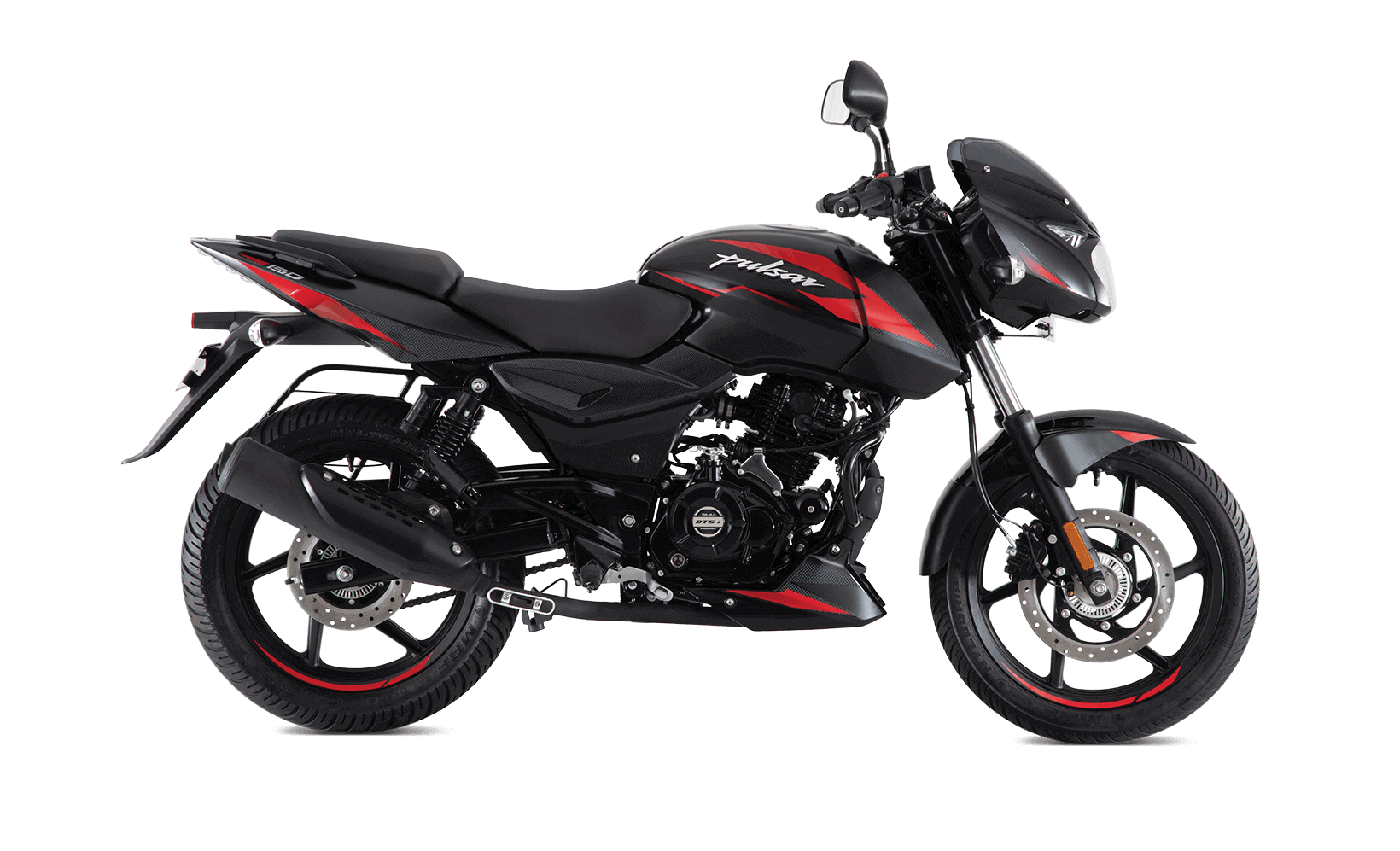
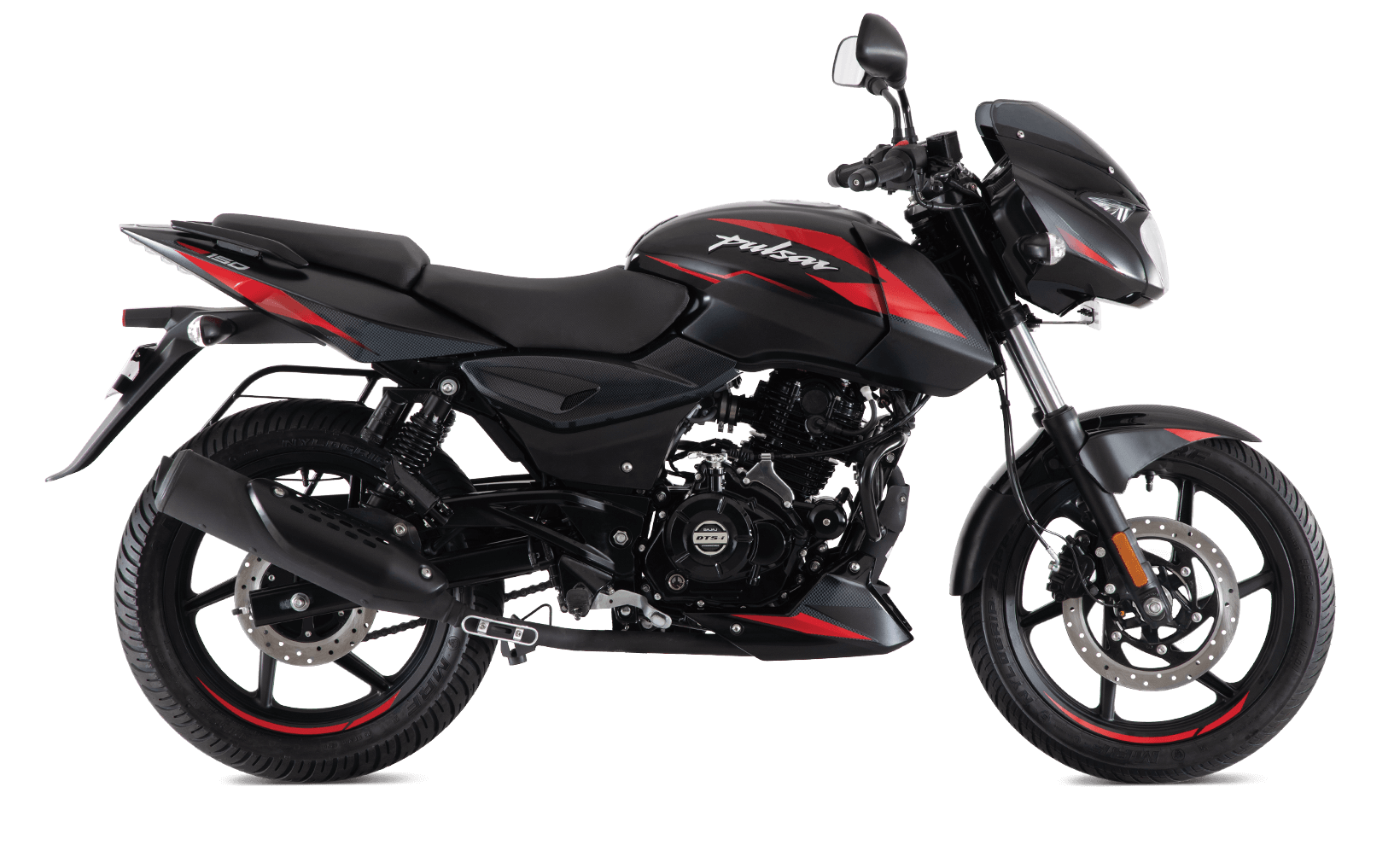
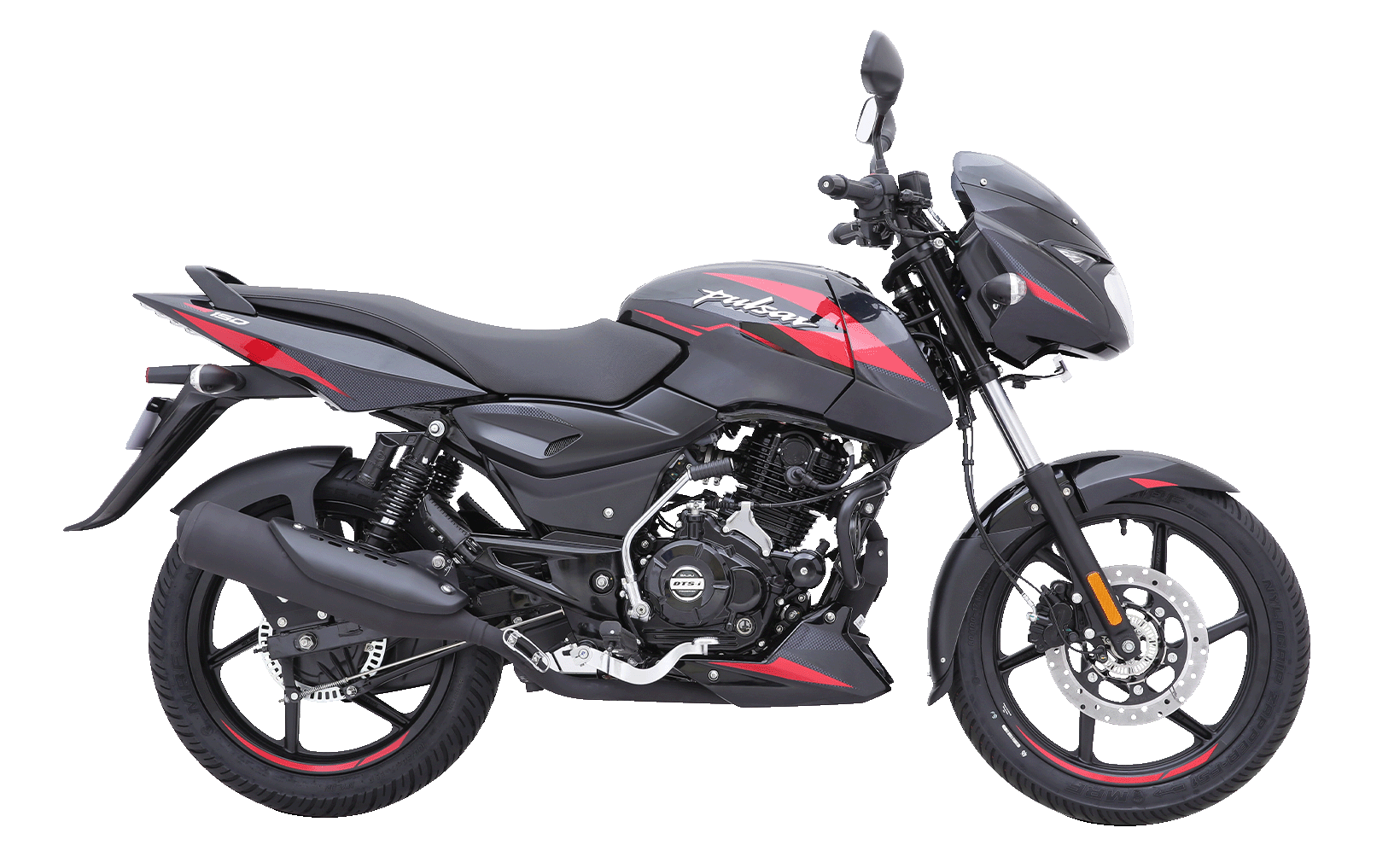
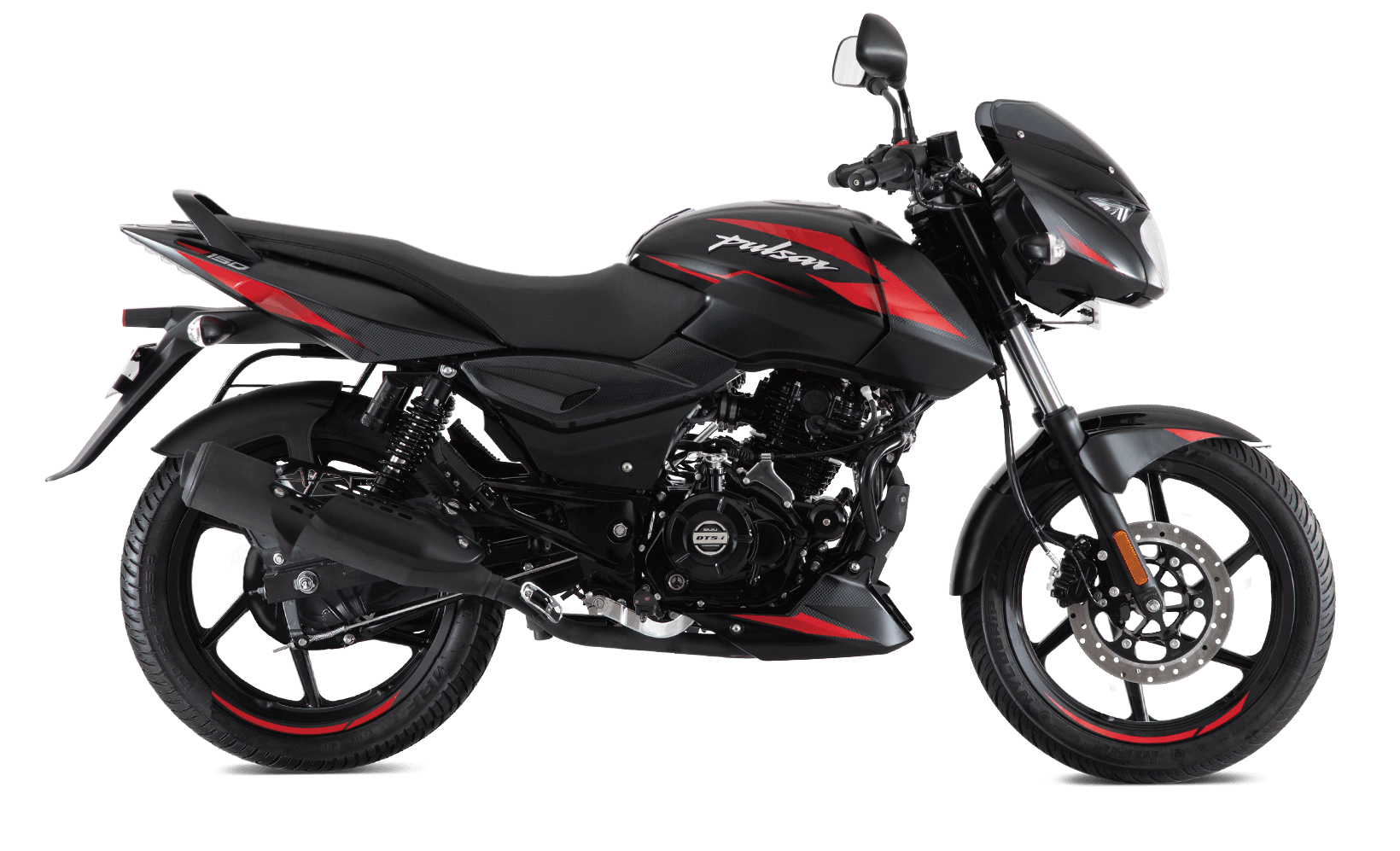
-
PLATINA
 Back
Back
A mileage champion to get the best out every last drop of fuel, durably powering longer journeys.
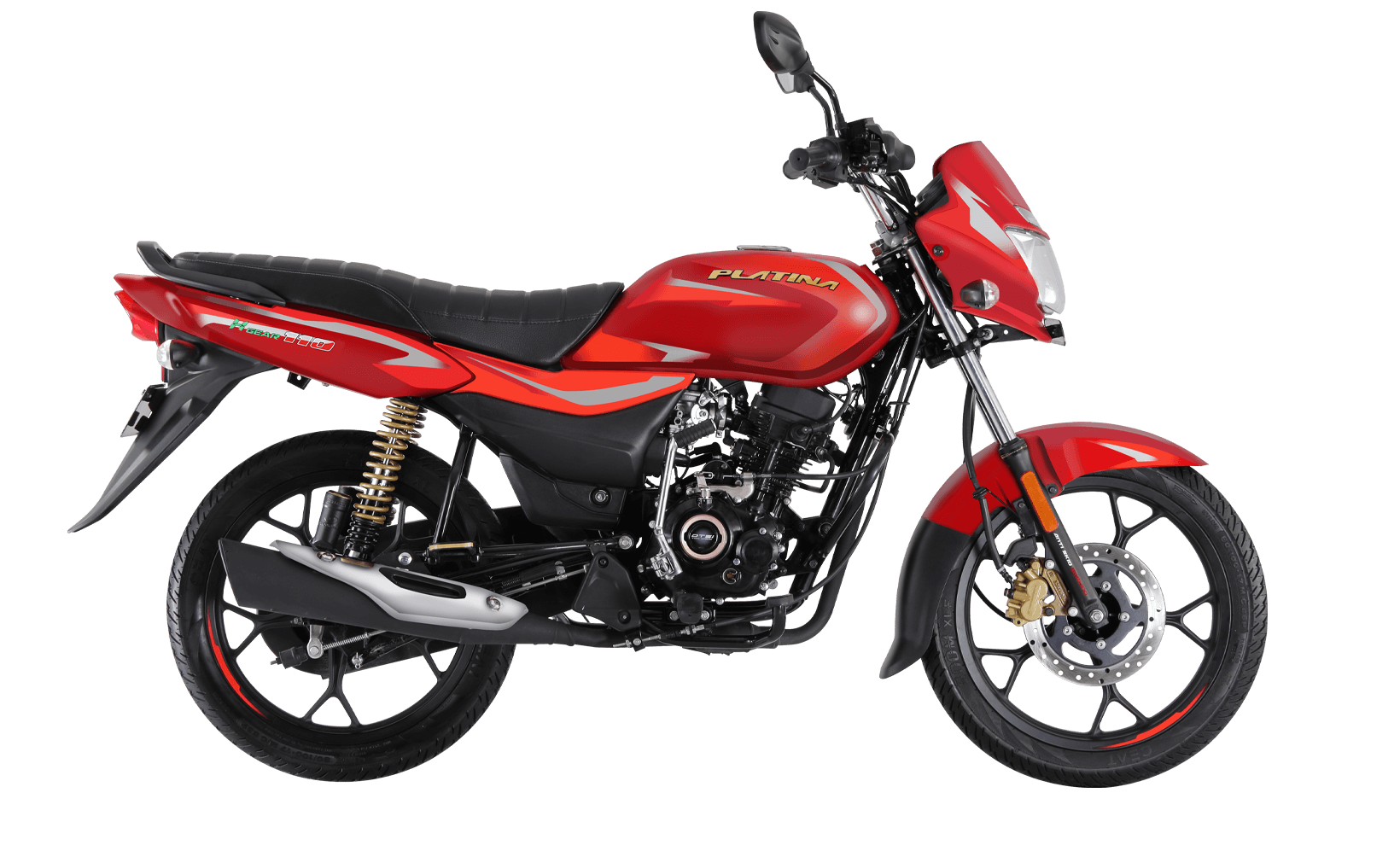
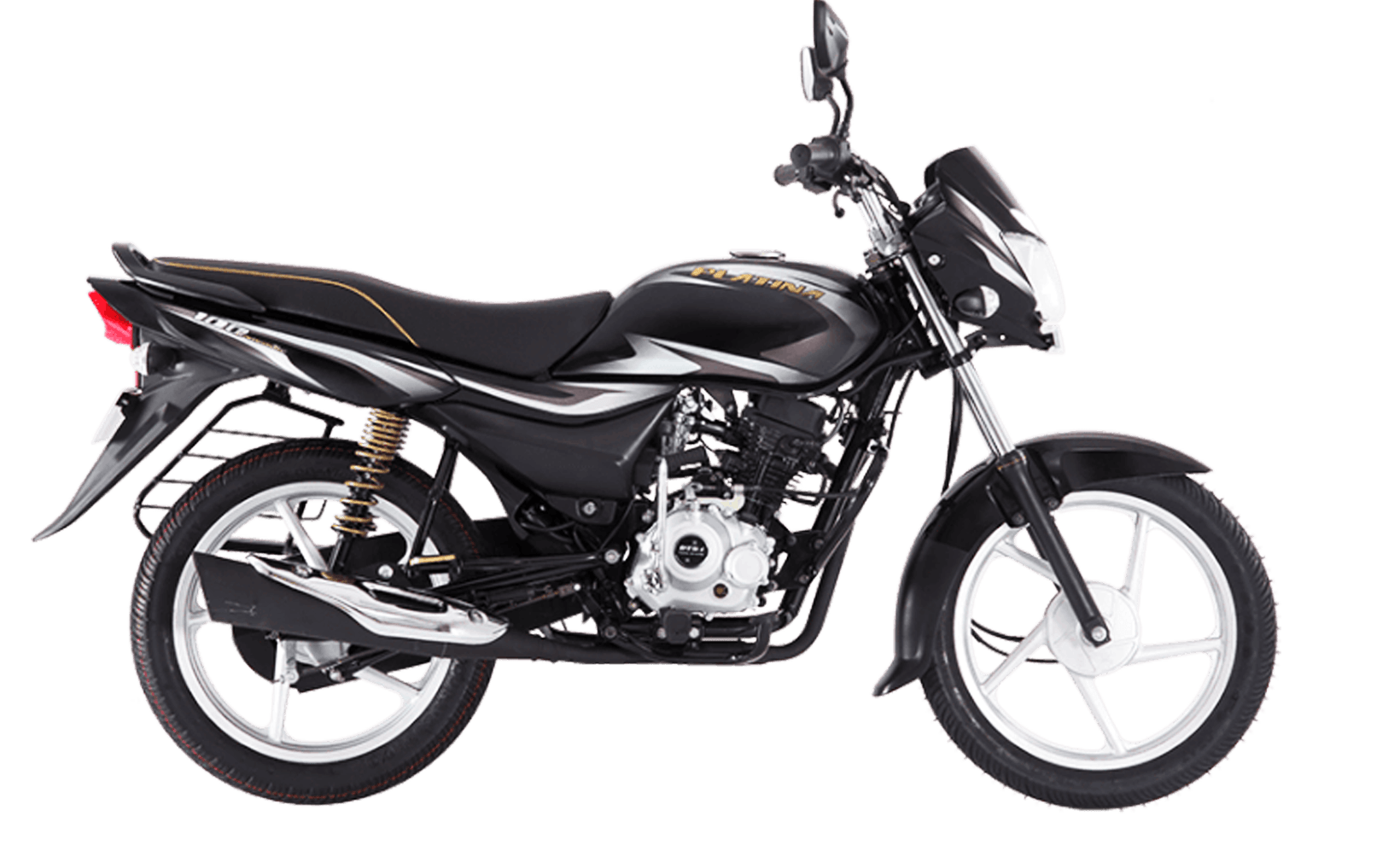
-
DISCOVER
 Back
Back
A stylish-mid ranged bike which stuns you on city streets with the power to ride beyond urban limits.
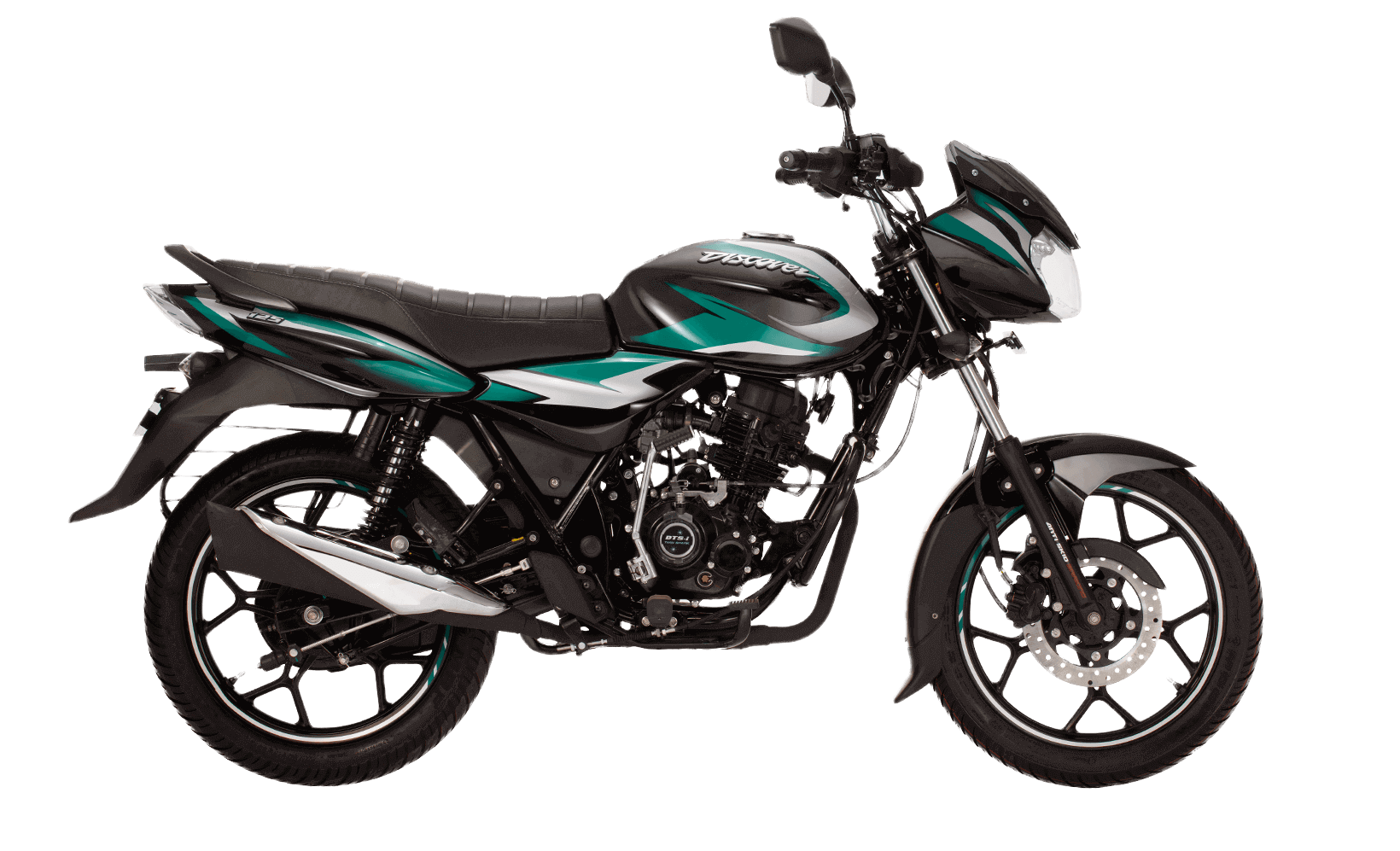
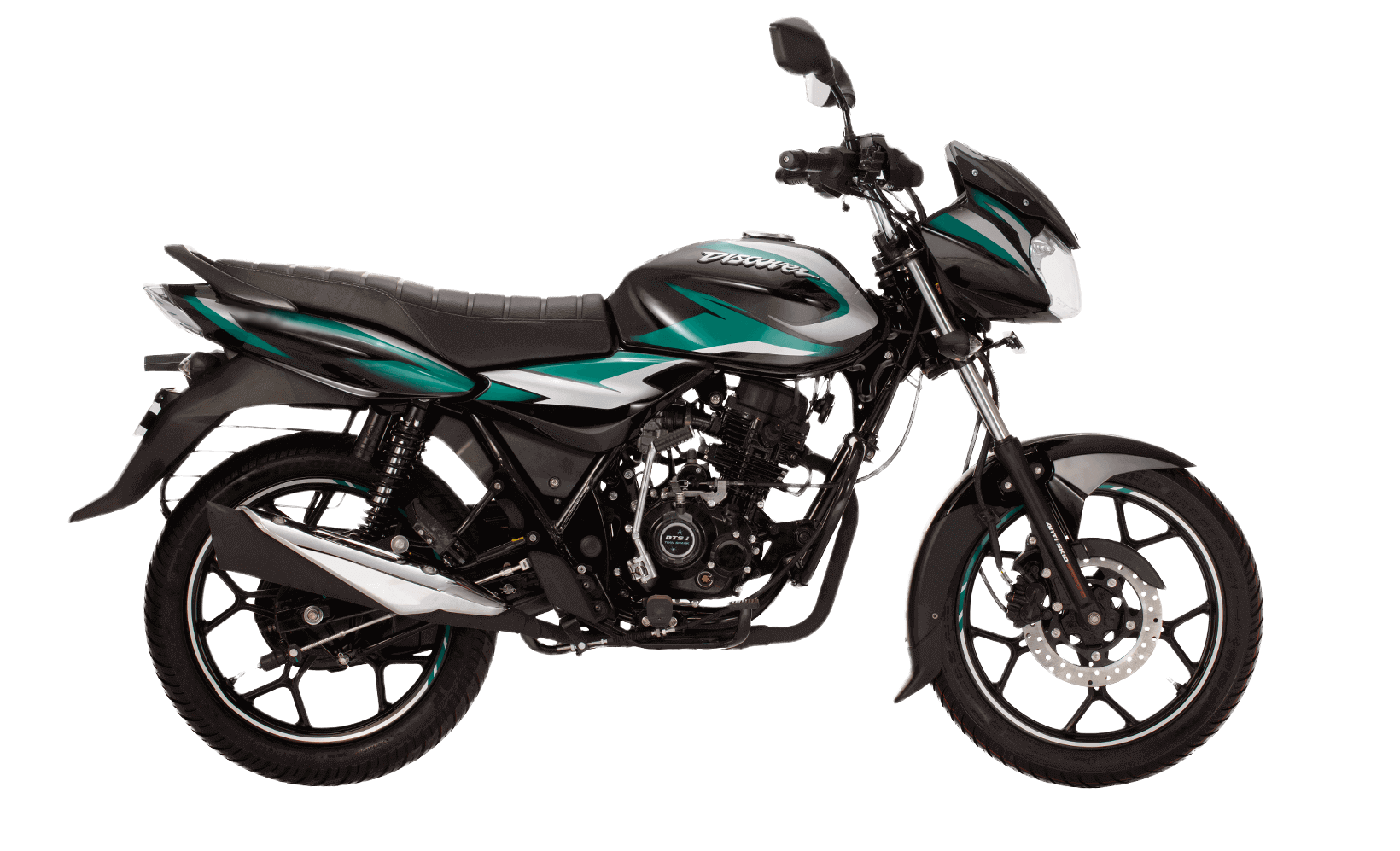
-
CT100
 Back
Back
Engineered to be frugal on fuel consumption, the CT 100 is generous with mileage and gives you every reason to want another ride.
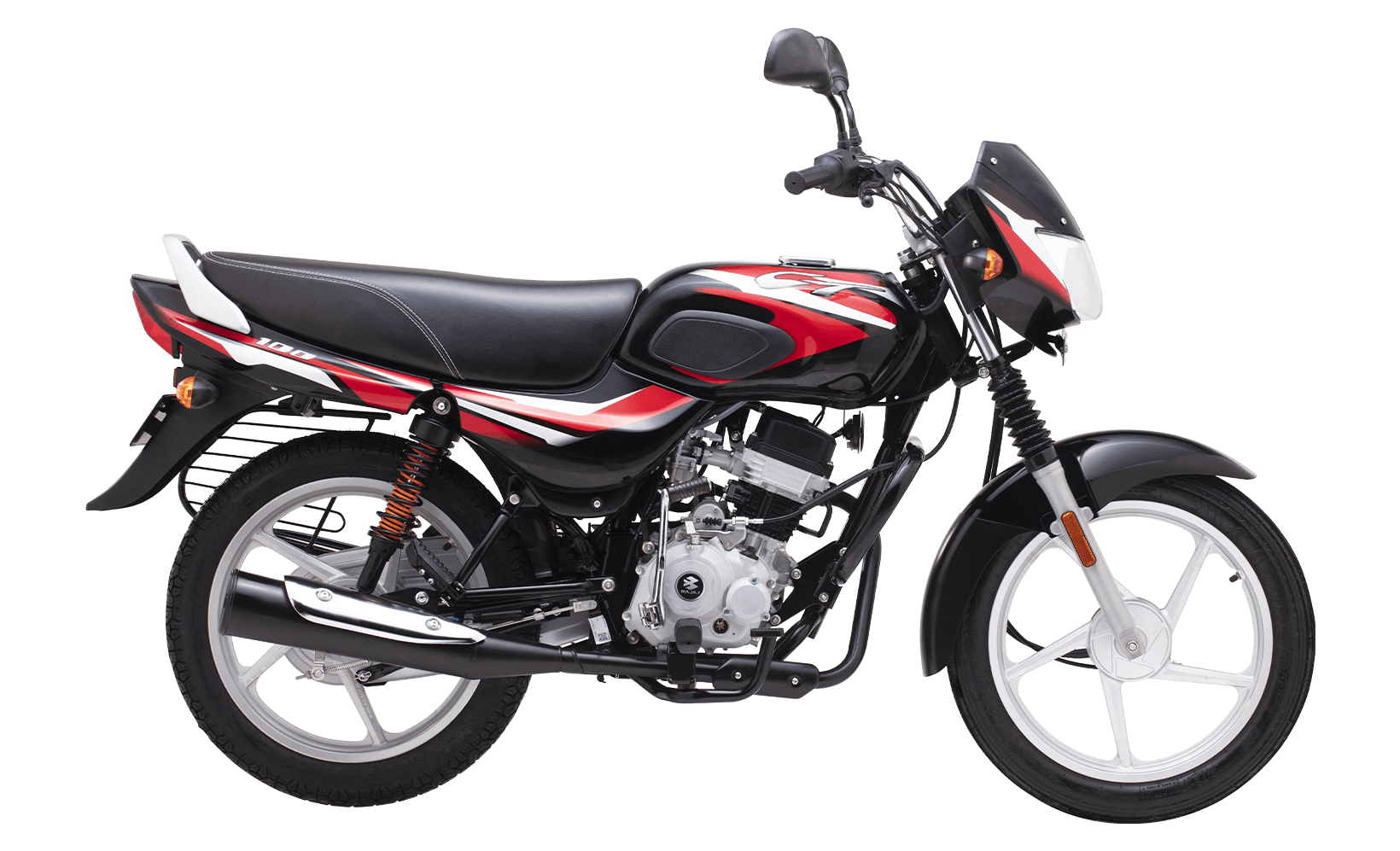
-
RE
 Back
Back
Ace in both passenger and cargo transport, the three-wheeler RE fuels businesses and powers economies around the world.
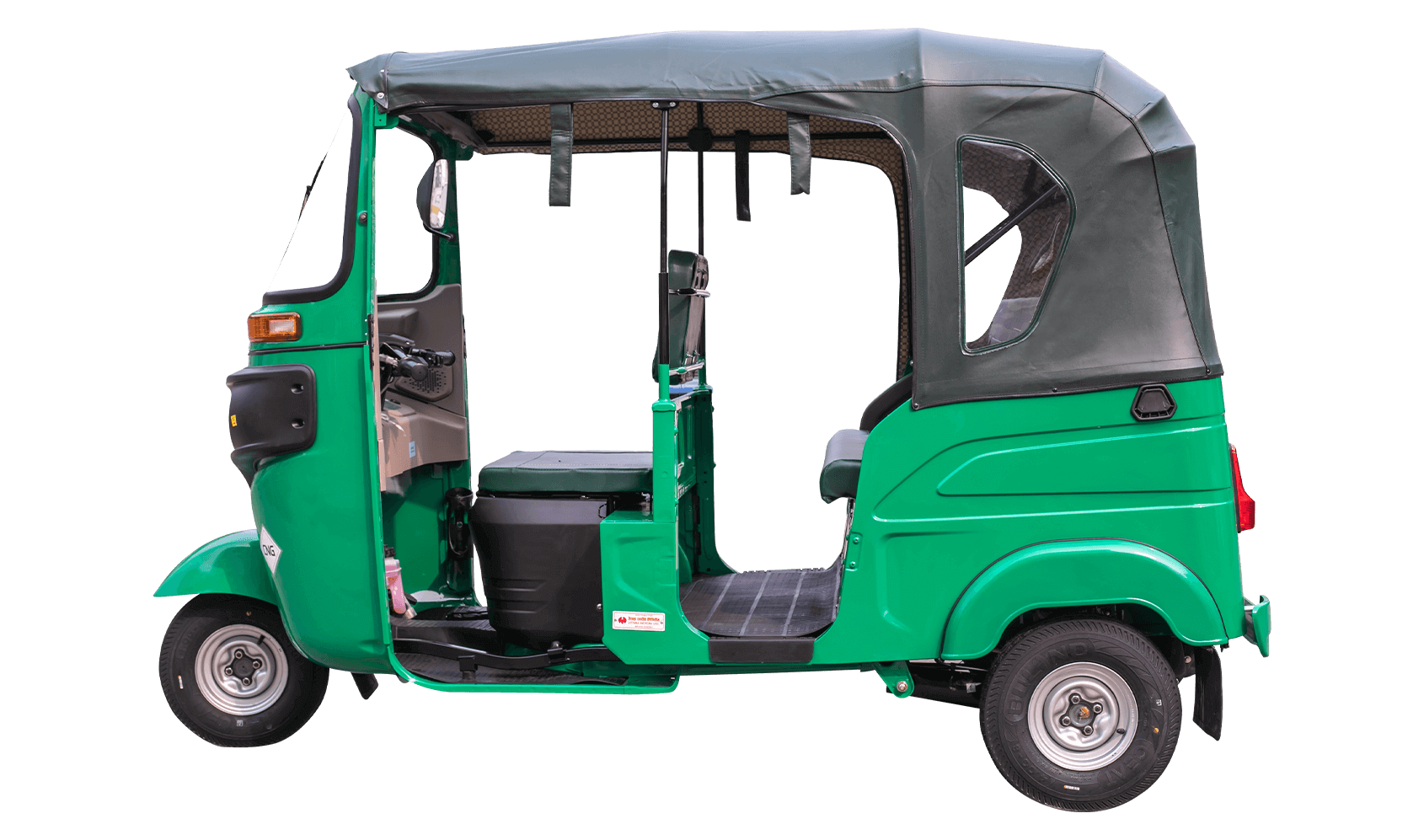
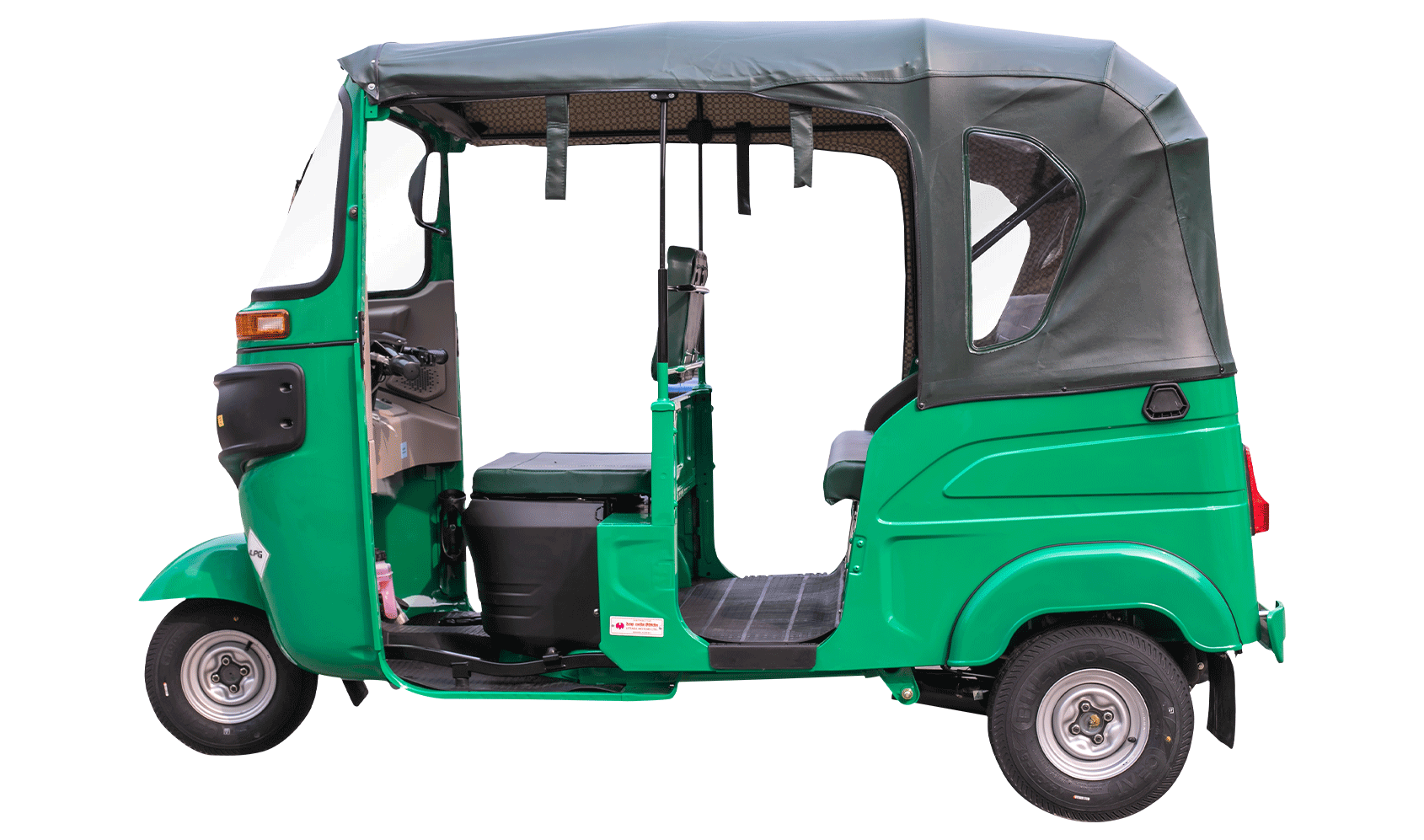
- Innovations & Technology
- Locate a Dealer
-
en
 BGD
BGD
Choose Your Country
-
 Afghanistan
Afghanistan
-
 Angola
Angola
-
 Argentina
Argentina
- $name
-
 Bangladesh
Bangladesh
-
 Belorussia-(Belarus)
Belorussia-(Belarus)
-
 Benin
Benin
-
 Bolivia
Bolivia
-
 Brazil
Brazil
-
 Burkina-Faso
Burkina-Faso
- $name
-
 Cambodia
Cambodia
-
 Cameroon
Cameroon
-
 Chile
Chile
-
 Colombia
Colombia
- $name
-
 Costa-Rica
Costa-Rica
-
 Global
Global
- $name
-
 Dominican-Republic
Dominican-Republic
-
 Ecuador
Ecuador
-
 Egypt
Egypt
-
 El-Salvador
El-Salvador
-
 Ethiopia
XWHAT ARE YOU LOOKING FOR?MOTORCYCLE PRODUCTS
Ethiopia
XWHAT ARE YOU LOOKING FOR?MOTORCYCLE PRODUCTS INTRACITY PRODUCTS
INTRACITY PRODUCTS
-
 Ghana
Ghana
-
 Greece
Greece
-
 Guatemala
Guatemala
-
 Guinea
Guinea
-
 Haiti
Haiti
-
 Honduras
Honduras
-
 India
India
- $name
-
 Iraq
Iraq
-
 Kazakhstan
Kazakhstan
-
 Kenya
Kenya
-
 Kuwait
Kuwait
-
 Lebanon
Lebanon
-
 Liberia
Liberia
-
 Madagascar
Madagascar
-
 Malaysia
Malaysia
-
 Mali
Mali
-
 Mauritius
Mauritius
-
 Mexico
Mexico
- $name
- $name
-
 Myanmar
Myanmar
-
 Nepal
Nepal
-
 Nicaragua
Nicaragua
-
 Nigeria
XWHAT ARE YOU LOOKING FOR?MOTORCYCLE PRODUCTS
Nigeria
XWHAT ARE YOU LOOKING FOR?MOTORCYCLE PRODUCTS INTRACITY PRODUCTS
INTRACITY PRODUCTS
-
 Peru
Peru
-
 Philippines
XWHAT ARE YOU LOOKING FOR?MOTORCYCLE PRODUCTS
Philippines
XWHAT ARE YOU LOOKING FOR?MOTORCYCLE PRODUCTS INTRACITY PRODUCTS
INTRACITY PRODUCTS
-
 Poland
Poland
- $name
-
 Qatar
Qatar
-
 Republic-of-the-Congo
Republic-of-the-Congo
-
 Russia
Russia
-
 Rwanda
Rwanda
-
 Saudi-Arabia
Saudi-Arabia
-
 Sierra-Leone
Sierra-Leone
- $name
-
 South-Africa
South-Africa
- $name
-
 Sri-lanka
Sri-lanka
-
 Sudan
XWHAT ARE YOU LOOKING FOR?MOTORCYCLE PRODUCTS
Sudan
XWHAT ARE YOU LOOKING FOR?MOTORCYCLE PRODUCTS INTRACITY PRODUCTS
INTRACITY PRODUCTS
-
 Tanzania
XWHAT ARE YOU LOOKING FOR?Motorcycles
Tanzania
XWHAT ARE YOU LOOKING FOR?Motorcycles Motorcycles
Motorcycles
-
 Thailand
Thailand
-
 Togo
XWHAT ARE YOU LOOKING FOR?MOTORCYCLE PRODUCTS
Togo
XWHAT ARE YOU LOOKING FOR?MOTORCYCLE PRODUCTS INTRACITY PRODUCTS
INTRACITY PRODUCTS
-
 Turkey
Turkey
-
 UAE
UAE
-
 Uganda
Uganda
-
 Ukraine
Ukraine
-
 Uruguay
Uruguay
-
 Yemen
Yemen
- $name
Visit The Global Webpage
-
-
PULSAR
Pulsar 150 Twin Disc ABS In-Depth Review
Aug 18, 2021
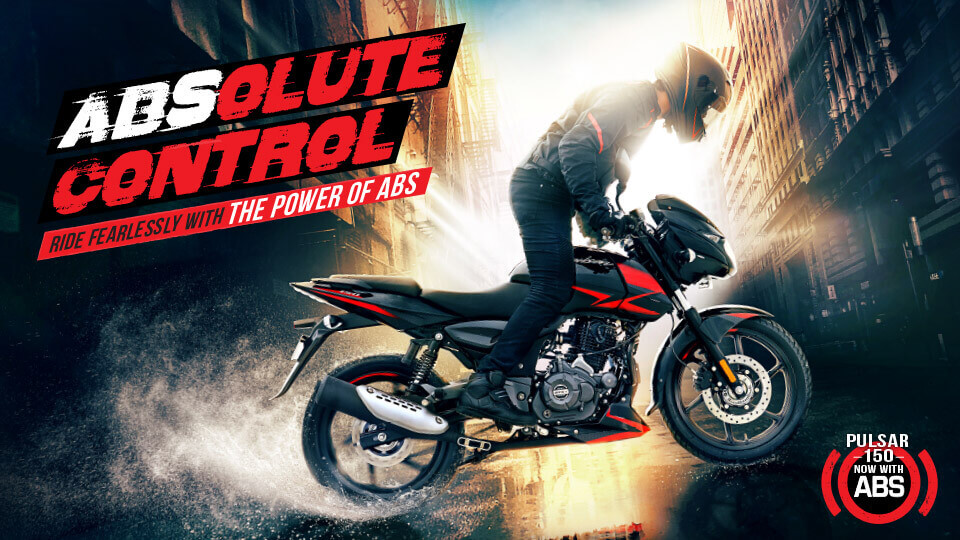
Introduction
Bajaj Pulsar lineup has been one of the most popular names in the 150cc bike segment in Bangladesh. After all these years, the Pulsar lineup hasn't lost its charm
and giving tough competition to newer 150cc segment bikes from Yamaha, Suzuki, Honda, or TVS.
Other than the sporty NS version, Bajaj Pulsar 150 Twin Disc ABS is the latest Pulsar released in the standard category, and this time Bajaj has added the newest Twin Disc ABS brake system as the highlight of the show. This article will talk
about this new braking system Bajaj added with other key features of Pulsar 150 Twin Disc ABS.
Key Features:
ABS braking was not something mainstream for motorbikes in our country for a long time. But, with other brands adapting to ABS every day, Bajaj also decided to release a Pulsar with ABS, and here we are. Let's take a look at what other impressive features Pulsar 150 twin disc ABS has to offer and discuss them in detail.
Outlook and Ergonomics
If you want a simple and subtle design, you'll love Bajaj Pulsar 150 Dual Disc ABS at first glance. Unlike other 150cc bikes in the market, this bike has a more minimalistic and compact approach towards the build, but that doesn't make it any less stylish
with a muscular oil tank easy on the eyes.
Overall, this bike is designed to be easy to handle, and with a weight of 144 Kg, it offers an excellent combination well balance and outright power.
The comfortable split seat has a reasonable height, in fact, one of the lowest in the 150cc segment, which is a big plus point for shorter people. In addition, there are two color options available with this bike, a red-black one and a blue-black
one, and both colors looked equally attractive to us.
Engine and Transmission
Bajaj Pulsar 150 Dual Disc ABS equips a 149.5 cc 4 stroke, 2 valves air-cooled DTS-i engine with a max power of 14 Ps @ 8000 RPM and a max torque of 13.4 Nm @ 6000 RPM.
Moreover, with Bajaj's very own DTS-i (Digital Twin Spark Ignition) technology, the engine provides faster and more efficient combustion. As a result, the engine has an increased power output, long-lasting engine parts, better low-end torque, and
a uniform overall uniform power distribution.
Like almost all motorbikes in our country, this bike has a manual transmission system with a 5-speed gearbox. The manual transmission gives you more control over the acceleration, it's lightweight, and lastly, it's less prone to failure because
of the simple design.
Dimension, Weight, and Ground Clearance
When getting a bike, we usually consider the price, performance, mileage, and style. Still, one crucial factor that many people ignore is getting the right size and weight for a comfortable ride. When you discover the bike is too heavy or too high for
your height, it's already too late.
In that regard, Bajaj Pulsar 150 twin disc ABS has the perfect size to weight ratio, which should be ideal for everyone. Weighing only 144 Kg, this bike is easier to handle and more fun to ride on. This bike is also an ideal with 165 mm, not
too high to mess up the center of gravity, therefore handling, but high enough to save the body of the bike from scratch from rough and bumpy roads we usually see in Bangladesh.
Suspension, Brakes, Wheels
At the front, there is a telescopic suspension with a double anti-friction bush, and the back equips a twin suspension with a nitrox shock absorber. Both the suspension do a great job of managing the bike's weight and help you control the motorcycle effortlessly
when you hit cracks and bumps on the roads.
The braking system is one of the highlighted features of this bike, as, for the first time, Bajaj introduced ABS (Anti-lock Braking System) with regular Pulsar in our country. This bike has a 260 mm disc brake at the front and a 230 mm Disc
brake at the back with single-channel ABS.
ABS is one of the most crucial safety features in modern vehicles as it drastically changes how your brakes are going to respond. Unlike regular rakes, with ABS, you have a lower risk of wheels locking up and, therefore, because skidding. It
also reduces the braking distance on a large scale, which can be a lifesaver on slippery surfaces or potentially dangerous braking conditions.
There is a 90/90 – 17 front tire and a 120/80 – 17 rear tire for the wheels. The wider tires are great for the road condition in our country as they provide a more improved grip on the road. Both tires are tubeless, too, meaning they are less
prone to getting flat.
Mileage and Electrical
Bajaj Pulsar 150 dual disc ABS mileage is another great aspect to look out for. We got a mileage of 55 Kmpl on city roads with our test drive, which is an impressive number for a 150cc bike and one of the highest too in this particular cc segment.
There is a standard 12V 5Ah battery, previously seen with other Bajaj motorbikes, to power up the lights, horn, and dashboard. The headlight gets pretty bright, and there are two additional pilot lamps, which is a good touch.
The dashboard hasn't received much of an upgrade. This bike has the same dashboard as previous models, with everything digital on it except the RPM meter.
Pros
- + Arguably one of the best mileage in the 150cc bike segment
- + Packs quite a few great feature for the price
- + Powerful DTS-i engine
- + Twin Disc ABS ensures utmost braking safety
- + Pilot lamps with headlight
- + Subtle design for a 150 cc motorcycle
Cons
- - Design aesthetic is same
- - The vibration over a long drive can be a little annoying
- - Some users complained about seat comfortability
Bajaj Pulsar 150 Twin Disc ABS - Specifications
Price and Availability
Price - 1,96,900 BDT
CC Category - 150 cc
Category - Sports Motorcycle
Distributor - Uttara Motors Limited
Product Availability – Available
Dimensions & Fuel Tank Capacity
Fuel Tank Capacity - 11.8 Liter
Reserve Capacity - 3.2 Liter, 2L Usable
Ground Clearance - 165 mm
Height - 1115 mm
Overall Width - 765 mm
Overall Length - 2035 mm
Seat Height - 804 mm
Weight - 144 Kg
Wheelbase - 1345 mm
Engine & Transmission
Displacement - 149.5 cc DTS-i
Engine Type - 4-stroke, Single cylinder, 2 Valves
Max Power - 14 @ 8000 RPM
Max Torque - 13.4 NM @ 6000 RPM
Number of Speed Gears - 5-speed
Transmission Type - Manual
Clutch - Wet Multiplate
Drive Type - Chain Drive
Engine Cooling - Air-Cooled
Fuel Supply - Carburetor
Ignition Type - Digital Twin Spark Ignition
Starting System - Electric Starter
Brakes, Wheels & Suspensions
Brake Type - Single channel ABS
Front Brake - 260 mm Disc
Rear Brake - 230 mm Discs
Front Suspension - Telescopic with Double Anti-Friction Bush 31mm Conventional fork
Rear Suspension - Twin Suspension with Nitrox Shock Absorber
Front Tire - 90/90-17
Rear Tire - 120/80-17
Tire Type - Tubeless
Wheel Type - Alloy
Top Speed and Mileage
Mileage - 40 Kmpl (Average on city roads)
Top Speed - 120 Kmph (Approx.)
Battery and Lights
Battery Type - Full DC, Maintenance-free battery
Battery Capacity - 12V 5Ah
Headlight - 35W Bulb with 2 Pilot Lamps (Halogen)
Tail Light - LED
Indicators -Bulb
Dashboard and Seat
Engine Kill Switch - Yes
Handle Type - 3-part Handle Bar
Fuel Gauge - Digital
Speedometer - Digital
RPM Meter - Analog
Tachometer - Analog
Odometer - Digital
Pass Switch - Yes
Seat type - Split Seat
Our Verdict
Over the years, we have seen Bajaj launch different versions of Pulsars, and more interestingly, with every launch, a Pulsar motorbike always brought something to the table. For a bike already impressive enough, the addition of twin disc ABS took the game to a new level in terms of braking performance and safety.
No other bikes in the 150cc segment offers the reliability and performance of Bajaj Pulsar. Now combined with ABS price should still be an appealing option to many.
